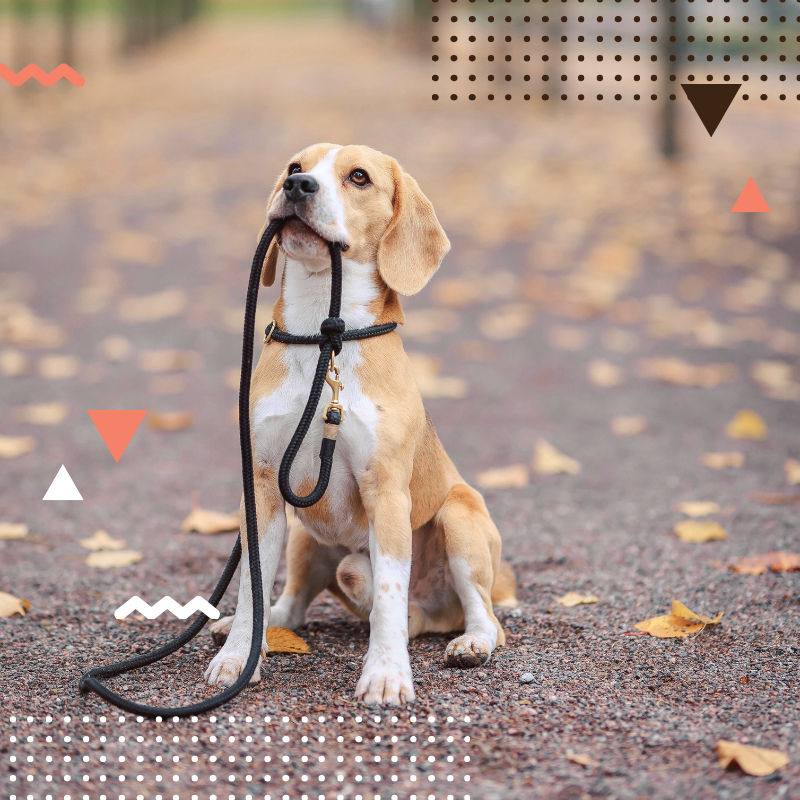Pet Body Language: What Your Pet Wants You to Know
- Pretty Paws

- Jun 18
- 3 min read
Updated: Jul 17

Our pets are the silent communicators in our homes, expressing themselves through tail wags, purrs, and even the occasional playful nip. Today, we're diving into the fascinating world of decoding your pet's body language, helping you become the ultimate pet whisperer.
The Canine Code
Our dogs are fluent in a language beyond words - the language of body signals. Let’s explore their silent communication style to better understand and truly connect with them.
The Tail Wag
The wagging tail is your dog's personal flag, broadcasting emotions for the world to see. A fast, enthusiastic wag usually signals excitement and happiness, while a slow, cautious wag might indicate uncertainty or fear. Pay attention to the height - the higher the wag, the more confident your canine companion feels.
The Tilted Head
When your dog tilts their head to the side, they're not just striking a pose for cuteness. It's a sign of curiosity and attentiveness. Your pup is trying to understand you better or is simply intrigued by a sound or sight.
The Ears On Alert
Ears are more than floppy or perky - they're your dog's radar. Forward-facing ears indicate attentiveness and interest, while ears pinned back could suggest fear or submission.
The Bow
Ever seen your dog bow down with their front end low and their tail in the air? It's not just a stretch; it's an invitation to play. The play bow is a universal canine signal, inviting both canine and human friends to join in the fun.
The Sniffing Stories
A dog's nose is a powerful storyteller. When your dog sniffs the air or the ground intensely, they're not just enjoying interesting scents - they're reading the tales left behind by other animals. It's like catching up on the neighbourhood gossip.
The Barking Talk
Barking is your dog's vocal expression, and it comes in various tones. A rapid, high-pitched bark might signal excitement, while a deep, slow bark could be a warning or a sign of distress. Understanding the context and tone helps you respond appropriately.
The Feline Code
Cats are the enigmatic poets of the pet world, expressing themselves through subtle body language. It's important to note that a cat's body language should be interpreted in conjunction with other cues, including ear position, vocalisations, and overall demeanour. Each cat is unique, so understanding their individual behaviours is crucial for accurate interpretation.
The High Tail
When a cat holds its tail high and purrs, it usually signals a relaxed and confident mood. This often occurs when a cat is happy, comfortable, and feeling secure in its environment.
The Quivering Tail
A rapidly moving or quivering tail can indicate that a cat is excited or anticipating something. This might happen when a cat is about to play, hunt, or receive a treat.
The Puffed-up Tail
If a cat's tail suddenly puffs up, it is likely feeling threatened, scared, or agitated. This defensive posture is an attempt to make the cat appear larger and more intimidating to potential threats.
The Low / Tucked Tail
When a cat lowers or tucks its tail between its hind legs, it suggests submission or fear.
The Flicking / Lashing Tail
A cat may flick or lash its tail when irritated or annoyed. This can occur if the cat is bothered by something, such as an unwelcome interaction or an uncomfortable environment.
The Slow-Swishing Tail
A slow swish or wave of the tail may indicate a content and trusting relationship between a cat and its human - or another cat.
The High And Low
Just as in dogs, the position of a cat's tail can convey a lot. A tail held high indicates confidence and contentment, while a lowered or tucked tail may signal fear or submission. Observing the nuances in your cat's tail language adds depth to your understanding of their emotional state.
The Arched Back
When your cat arches its back, it's not just about stretching those furry muscles. This common behaviour can signal fear or excitement. Pay attention to other cues, such as ear position, vocalisations, and overall demeanour, to determine if it is fear-related.
The Slow Blink
A slow blink from your cat is the ultimate feline expression of love. When your cat looks at you and deliberately closes their eyes, they're conveying trust and affection. It's like your cat is saying, "I feel safe with you."
Pets speak volumes without uttering a word. So, let's hone our canine and feline language skills and deepen our connection with our furry besties!


